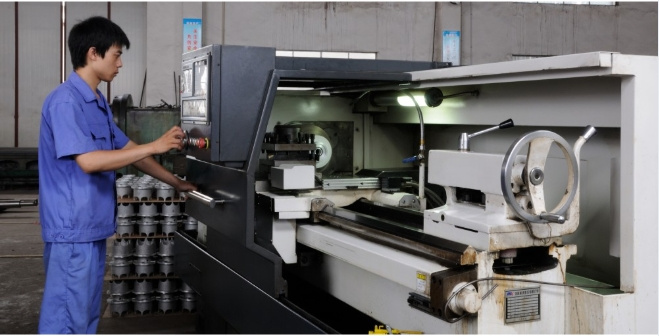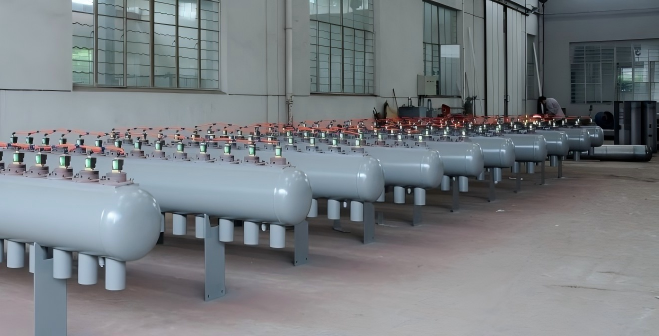A damaged diaphragm within a pulse valve is more than just a single component failure—it can trigger a cascade of operational issues that impact efficiency, cost, and compliance. Here’s a clear breakdown of what happens when the diaphragm is compromised:
|
|
Insufficient Cleaning Power
A compromised diaphragm may not open fully or properly, reducing the force and volume of compressed air released. This results in weak cleaning pulses that fail to effectively clear dust from filter bags.
Irregular Airflow Distribution
Partial or uneven damage to the diaphragm can lead to inconsistent air jet patterns. This uneven cleaning leaves some areas overburdened with dust while others are adequately cleaned.
Air Leaks in the System
The diaphragm’s seal is vital. Once damaged, it can allow compressed air to escape—even when the valve is closed—leading to continuous air loss from the reservoir.
Unstable Operating Pressure
Air leaks caused by a faulty diaphragm prevent the system from maintaining consistent pressure. This instability affects the overall performance and reliability of the dust collection system.
Increased Wear on Components
A damaged diaphragm disrupts the smooth operation of the valve, exposing other internal parts to abnormal stress and vibration. This accelerates wear and shortens the life of the valve.
More Frequent Breakdowns
From failure to open or close, to delayed response, a worn diaphragm can cause repeated operational faults—increasing unplanned downtime and maintenance interventions.
Higher Energy Consumption
To compensate for air leaks and poor cleaning performance, the system may demand more compressed air. This leads to noticeably higher energy usage and increased operational costs.
Rising Maintenance Expenses
Replacing damaged diaphragms adds direct costs for parts and labor. If ignored, what begins as a small issue can evolve into frequent and costly repairs.

Damage to the Valve Body
A ruptured diaphragm can expose internal valve components to high-speed airflow, causing erosion and structural damage that may require full valve replacement.
Shorter Filter Bag Life
Inconsistent air pulses or excessive pressure can overstress certain filter bags, causing premature wear at the bag mouth or even fiber breakdown.
Unplanned Production Stops
Left unchecked, a failing diaphragm can degrade system performance to the point where full shutdown is necessary—disrupting production and causing significant downtime.
Environmental and Compliance Risks
In regulated sectors such as steel, cement, and chemicals, poor pulse valve performance can lead to excess dust emissions. This not only harms the environment but may also result in penalties and compliance issues.

Conclusion
The diaphragm plays a central role in the reliable operation of pulse valves. Timely inspection and maintenance are essential to avoid unnecessary costs, maintain system efficiency, and ensure environmental compliance.
What else would you like to know about dust collection? We have the answers. Get in touch!
Ms Yanice Yu
Qingdao Star Machine Technology Co.,Ltd.
Whatsapp/ Wechat ID: +8617852092959
Email:Yanice@starmachinechina.com